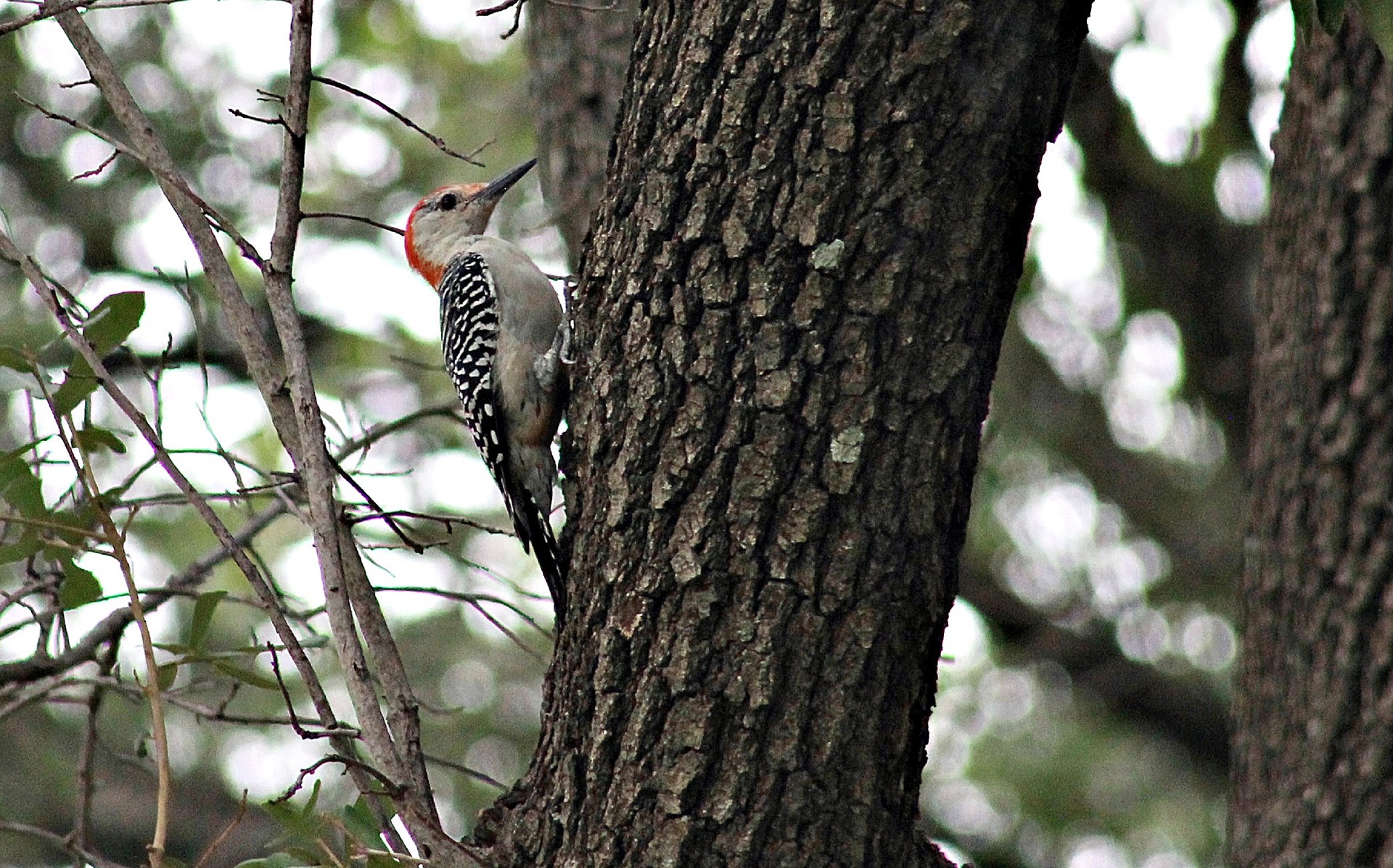Programs & Projects
Bird Watching & Learning

1st Saturday Bird Walks
Jun. 7th – 7am to 10am
Jul. 5th – 7am to 10am
Aug. 2nd – 7am to 10am
Cost – Free to All
Stroll along and learn with Dr. Billy Teels. Bring binoculars and field guide, if you have them. Many bring cameras as well.
We discourage bring pets as they disrupt the bird viewings.
Meet in the parking area at 7am and it is recommended you wear closed toed shoes and long pants to avoid bug bites.
How many species will YOU see and photograph?
Programs and Projects

LIGHTS OUT TEXAS
Save Our Birds!
Guided Tours & Field Trips
The Rio Brazos Chapter of the Texas Master Naturalist program ask that you allow a 6 to 8 week lead time for any guided field trips or educational programs.
Submit Your Request For Acceptance at the link below:
RBC Educators
NATIVE BEE STUDY AT ANC!
Homes for Native Bees!
While we first think of honeybees as our pollinators, they are NOT native to Texas or even North America. The Jamestown colonists brought European honeybees to the New World in about 1622.
Our native plants (including tomatoes, pumpkins, squash, alfalfa, melons, cranberries and blueberries for starters) are most efficiently pollinated by…. NATIVE BEES. There are more than 800 native bee species in Texas, but most of us only recognize a few of them. Texas has nine species of bumblebees, for example. You’ll see the American bumblebee nectaring on the mealy blue sage in the Butterfly Garden, but they nest underground, as do 70% to 75% of our native bees.
Cavity-nesting native bees make up the other 25% to 30% — these include the leafcutter and mason bees from the Megachilidae family. These bees are mild-mannered and solitary (they have no hive to defend). Each female will lay an egg on a pollen ball she has collected and brought to an individual cell, which she then seals and begins to fill about five more cells. While these bees usually nest in the “galleries” left behind by wood-chewing beetles in dead trees, the bee homes are offered as an alternative habitat in hopes of learning more about what species in the Megachilidae family may be found at the Acton Nature Center.

Tour Acton Nature Center for Your Geocaching
What’s inside that “white thing” behind the cover?
Inside the “white thing” are about 50 hollow reeds or cardboard straws of varying diameters, though they are all six inches deep. Covers are necessary to keep out small birds in the spring. Wrens will pull out the reeds or straws, discard them, and build their nest inside a bee home instead!
The bee selects the sex of the egg she lays, and begins by laying a female egg in the farthest cell from the front. After four female eggs, she will lay eggs for two cells with male bees, as they will emerge first in the spring. Male bees are in the outermost cells, as they are the most expendable in case of predators.
All the bee larvae will pupate over the winter in their individual cells after they have devoured their pollen balls.
When springtime comes, the male mason bee pupae will undergo emergence in their cells and then chew their way out, freeing the way for the mason bee females to follow. Leafcutter bees emerge in late spring or early summer.
Mason bees use tiny grains of stone to make their cell walls, while leafcutter bees prefer bits of leaves and flowers! Look for these bees carrying their pollen on the underside of their abdomen.
The bee homes will be removed after the first freeze of the fall, and the bee pupae inside will be examined, checked for pollen mites, parasites, foulbrood (a fungal disease) and stored safely till the spring. Bee homes will be disinfected and fresh nesting tubes inserted when the homes are reinstalled after the first dandelions of spring flower. At that time the bee pupae will be returned to the bee homes so the cycle may resume again.
Learn More About Native Bees
Would you like to learn more about native bees and how to encourage these essential pollinators? Visit the following websites for more information:
About Native Bees / The Jha Lab
https://w3.biosci.utexas.edu/jha/about-native-bees
Xerces Society – Invertebrate Conservation
https://www.xerces.org/blog/5-ways-to-increase-nesting-habitat-for-bees
Texas Parks & Wildlife Department Pollinator Guides
Are you considering adding a bee home to your backyard?
Take along a dollar bill when shopping for a commercially-produced “bee house.” Since a dollar bill is about six inches long, it’s an easy way to check if the bee home nesting tubes are deep enough. If the structure is shallower than six inches, it alters the 4:2 ratio of female to male bees.


